Red dwarfs, grey aliens and the nile of the stars
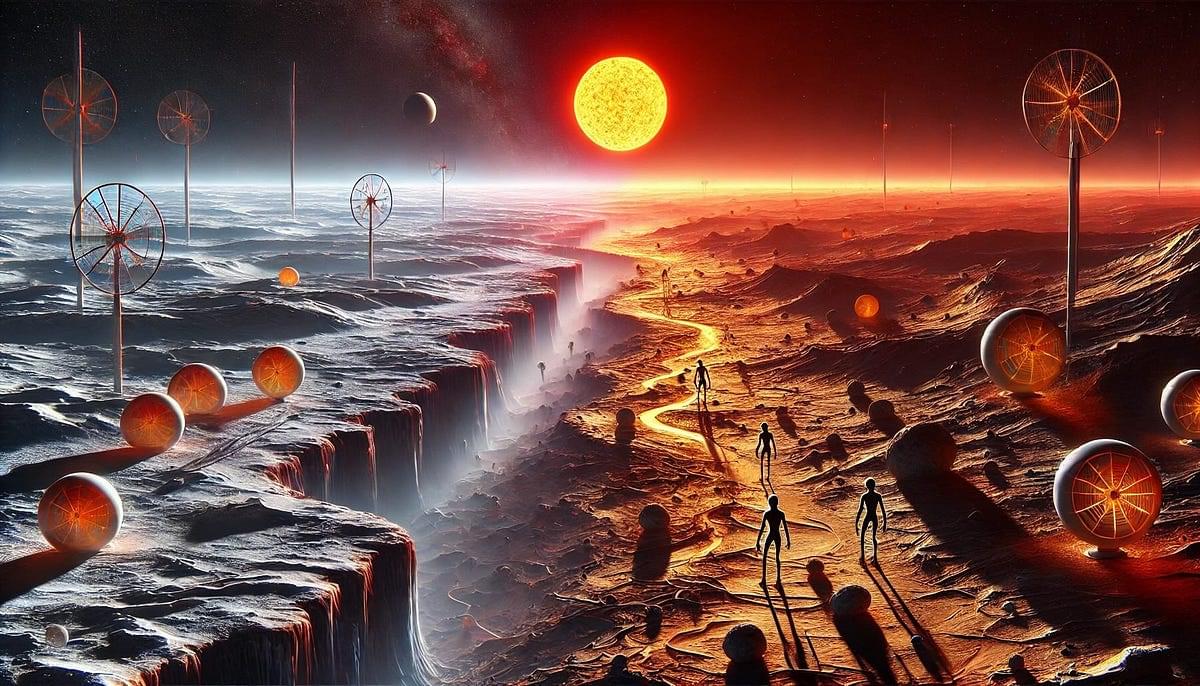

Download Star Trek Fleet Command for FREE now here: https://bit.ly/3XYvSJ2 to support my channel, and enter the promo code VOYAGER30 to unlock Neelix, the morale officer from Voyager FREE.
Dr. Clément Vidal joins John Michael Godier to discuss his new paper on the Spider Stellar Engine, a hypothetical form of stellar propulsion using binary pulsar systems. The conversation explores how such systems could serve as **technosignatures**, the philosophy of post-biological civilizations, and the potential for advanced beings to manipulate entire stars or even create new universes.
Vidal, C. 2024. “The Spider Stellar Engine: A Fully Steerable Extraterrestrial Design?” Journal of the British Interplanetary Society 77 : 156–66. doi:10.59332/jbis-077–05-0156. https://arxiv.org/abs/2411.05038.
Vidal, C. 2019. “Pulsar Positioning System: A Quest for Evidence of Extraterrestrial Engineering.” International Journal of Astrobiology 18 : 213–34. doi:10.1017/S147355041700043X. https://arxiv.org/abs/1704.03316.
Delahaye, J. P., and C. Vidal. 2018. “Organized Complexity: Is Big History a Big Computation?” American Philosophical Association Newsletter on Philosophy and Computers 17 : 49–54. http://arxiv.org/abs/1609.07111.
#EventHorizon #SETI #Technosignatures #Astrophysics #StellarEngines #FermiParadox #ExtraterrestrialLife #Pulsars #SpaceExploration #PhilosophyOfScience #cosmology.
This video takes a look at how future technology could change the Fermi Paradox. Asking if humanity is looking for life in the Universe in the wrong ways, or are we looking for the wrong things. Like trying to find smoke signals, in the age of fiber optics.
While the Drake Equation estimates how many civilizations could exist in the Universe, but what is the likelihood that humanity is even capable of detecting them.
Does there need to be another calculation, say the Detection Probability Equation. Showing what’s the likelihood that humanity is able to detect alien life at a given time, and solving the Fermi Paradox.
And does this create a new paradox. Because if future technology advancements increase the number of possible cosmic civilizations, could it also decrease humanity’s ability in detecting them — leading to the detection paradox.
Other topics covered in this sci-fi documentary video include: space telescopes, dyson spheres, the movie Contact by Carl Sagan, Interstellar movie and the time dilation effects, the great silence, the great filter, and solutions and theories for the Fermi Paradox.
PATREON
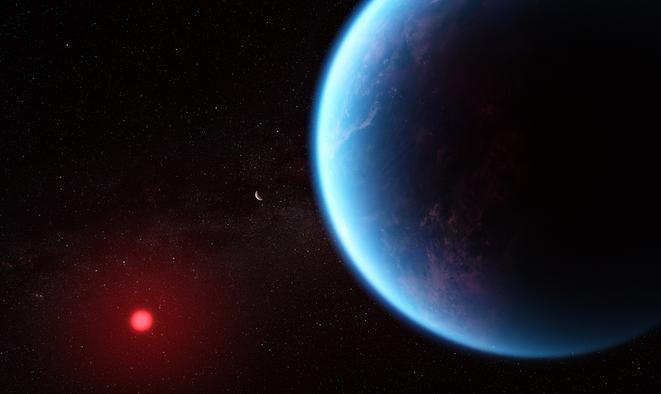
Michaela Leung: “Oxygen is currently difficult or impossible to detect on an Earth-like planet. However, methyl halides on Hycean worlds offer a unique opportunity for detection with existing technology.”
What can methyl halides, which are gases that consist of one carbon and three hydrogen atoms while being attached to a halogen atom, help scientists identify life beyond Earth? This is what a recent study published in The Astrophysical Journal Letters hopes to address as an international team of researchers investigated how methyl halides on exoplanets known as “Hycean” worlds could indicate the presence of life as we know it, or even as we don’t know it. Hycean exoplanets possess liquid water oceans with a hydrogen atmosphere above them, potentially enabling appropriate surface temperatures and pressures for life to exist.
For the study, the researchers discussed the potential for using NASA’s James Webb Space Telescope (JWST) to observe large exoplanets orbiting red dwarf stars, which are smaller and cooler than our Sun. The researchers noted that recent observations of K2-18 b and TOI-270 d, which are designated as Super-Earth and Neptune-like exoplanets, respectively, while each orbiting red dwarf stars. Additionally, such exoplanets could be ideal targets for JWST to identify methyl halides in their atmospheres. The reason Hycean exoplanets are considered ideal targets is due to the difficulty of observing Earth-sized exoplanets orbiting brighter stars.
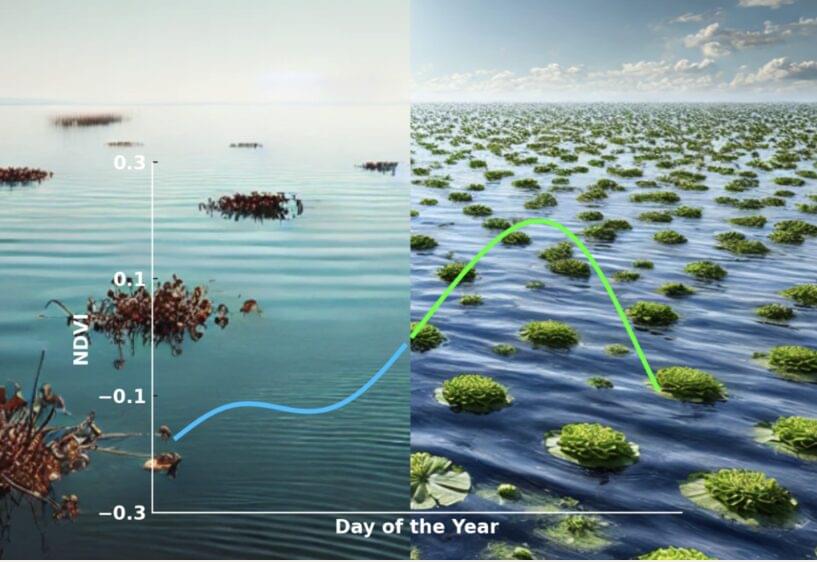
Recent advances in astronomical observations have found a significant number of extrasolar planets that can sustain surface water, and the search for extraterrestrial life on such planets is gaining momentum. A team of astrobiologists has proposed a novel approach for detecting life on ocean planets. By conducting laboratory measurements and satellite remote sensing analyses, they have demonstrated that the reflectance spectrum of floating vegetation could serve as a promising biosignature. Seasonal variations in floating vegetation may provide a particularly effective means for remote detection.
Astronomical surveys have discovered nearly 6,000 exoplanets, including many habitable planets, which may harbor liquid water on their surfaces. The search for life on such planets is one of the most significant scientific endeavors of this century, with direct imaging observation projects currently under development.
On Earth-like planets, the characteristic reflectance spectrum of terrestrial vegetation, known as “vegetation red edge,” is considered as a key biosignature.
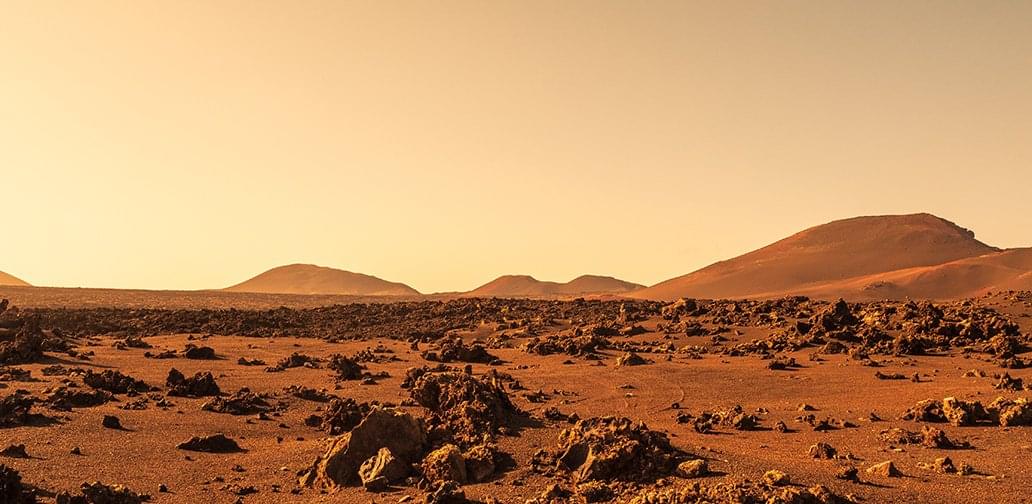
Mars, the next frontier in space exploration, still poses many questions for scientists. The planet was once more hospitable, characterized by a warm and wet climate with liquid oceans. But today Mars is cold and dry, with most water now located below the surface. Understanding how much water is stored offers critical information for energy exploration, as well as life sustainability on the planet.
A research group from Tohoku University has helped shed light on this by improving an existing Mars climate model. The enhanced model accommodates the various properties of Martian regolith, or the loose deposits of solid rock that comprise Martian soil. The study is published in the Journal of Geophysical Research: Planets.
Mirai Kobayashi says current models fail to account for the fact that laboratory experiments have demonstrated that the water-holding capacity of the regolith is strongly influenced by its adsorption coefficient.
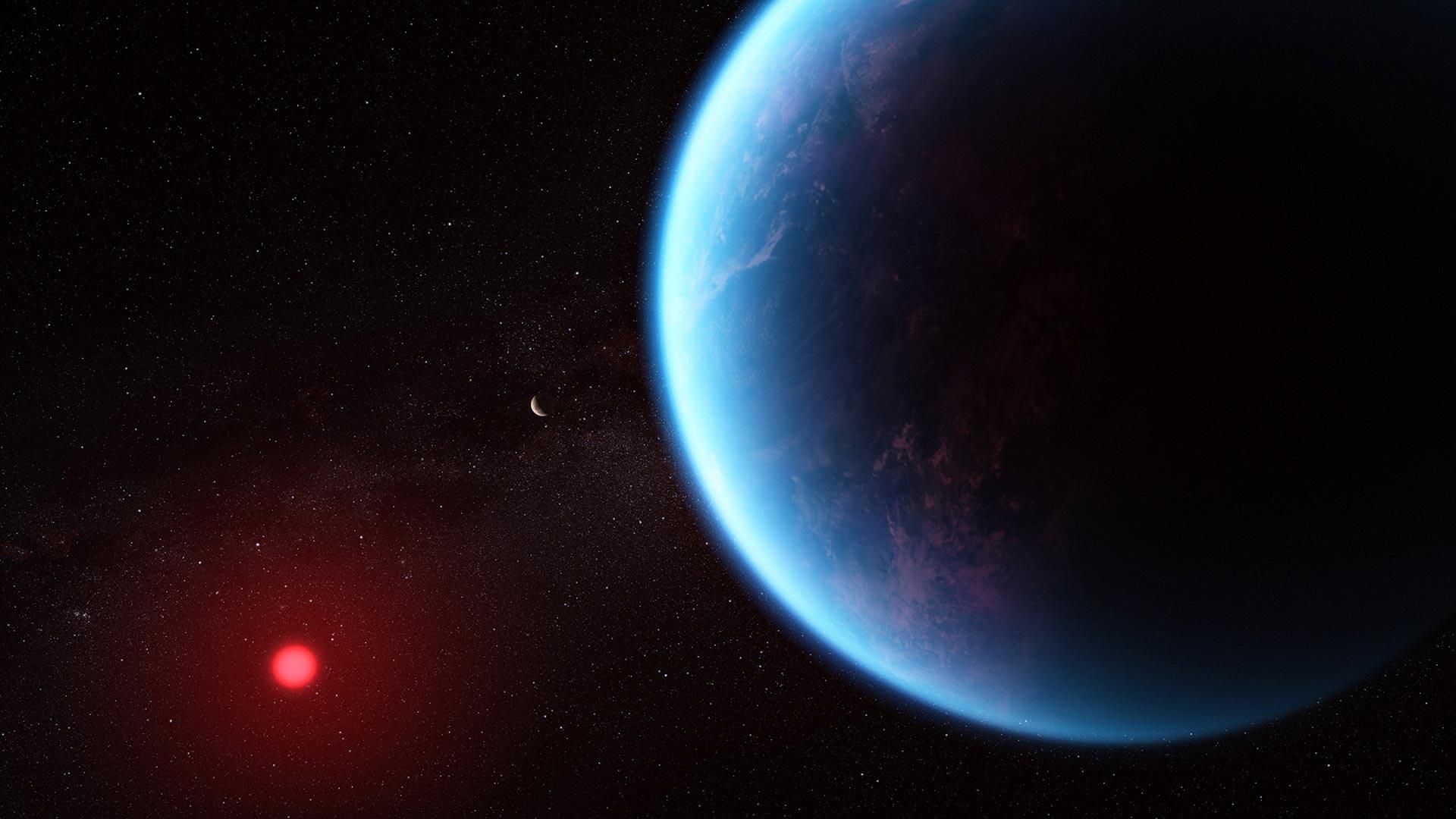
Instead of searching for familiar biosignatures like oxygen, they’re investigating methyl halides – gases produced by microbes on Earth that could be more easily detected in the thick hydrogen atmospheres of Hycean planets. The James Webb Space Telescope.
The James Webb Space Telescope (JWST or Webb) is an orbiting infrared observatory that will complement and extend the discoveries of the Hubble Space Telescope. It covers longer wavelengths of light, with greatly improved sensitivity, allowing it to see inside dust clouds where stars and planetary systems are forming today as well as looking further back in time to observe the first galaxies that formed in the early universe.
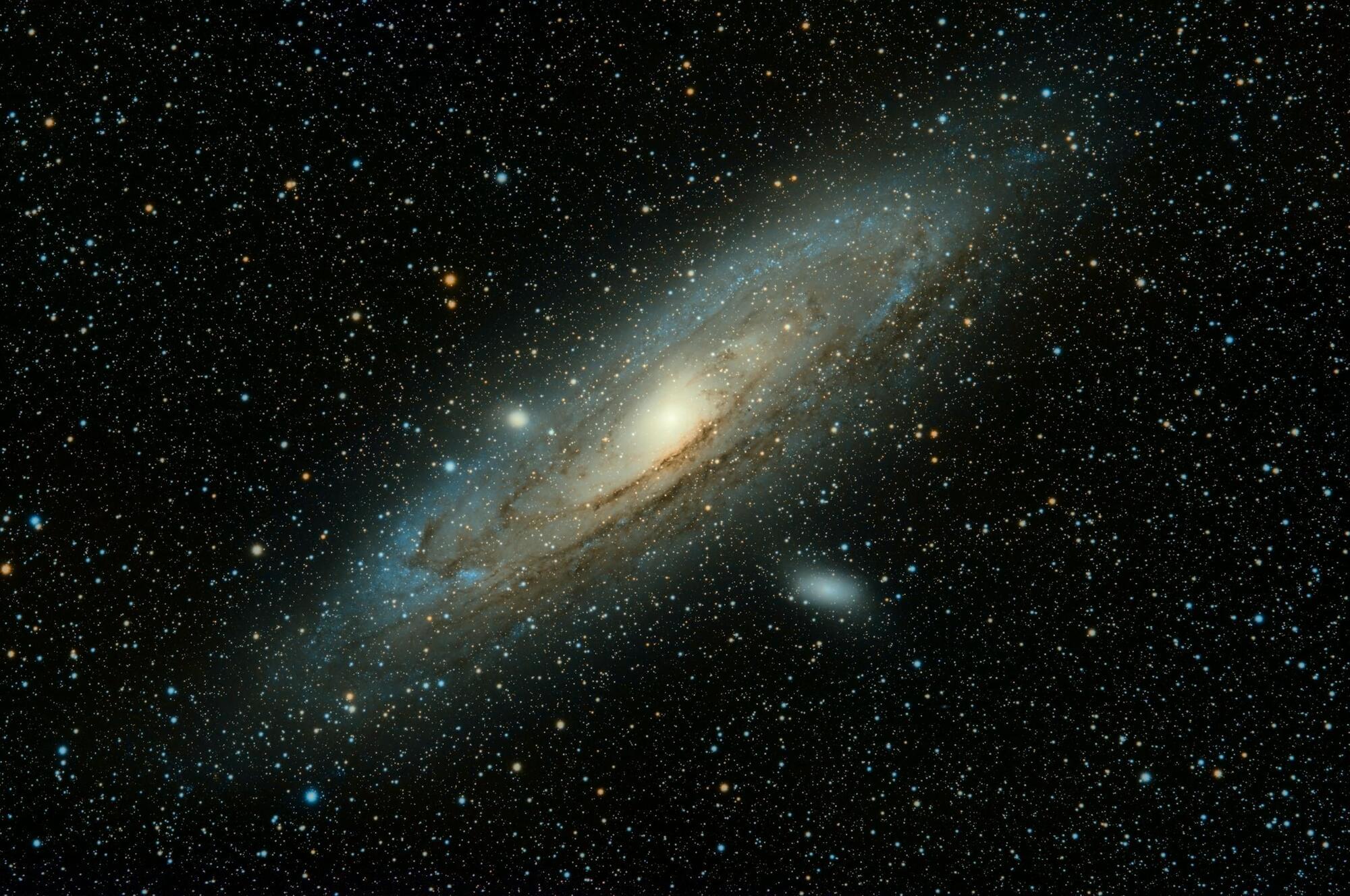
Scientists from the University of Portsmouth have discovered that water was already present in the Universe 100–200 million years after the Big Bang.
The discovery means habitable planets could have started forming much earlier — before the first galaxies formed and billions of years earlier than was previously thought.
The study was led by astrophysicist Dr Daniel Whalen from the University of Portsmouth’s Institute of Cosmology and Gravitation. It is published today (3 March 2025) in Nature Astronomy.
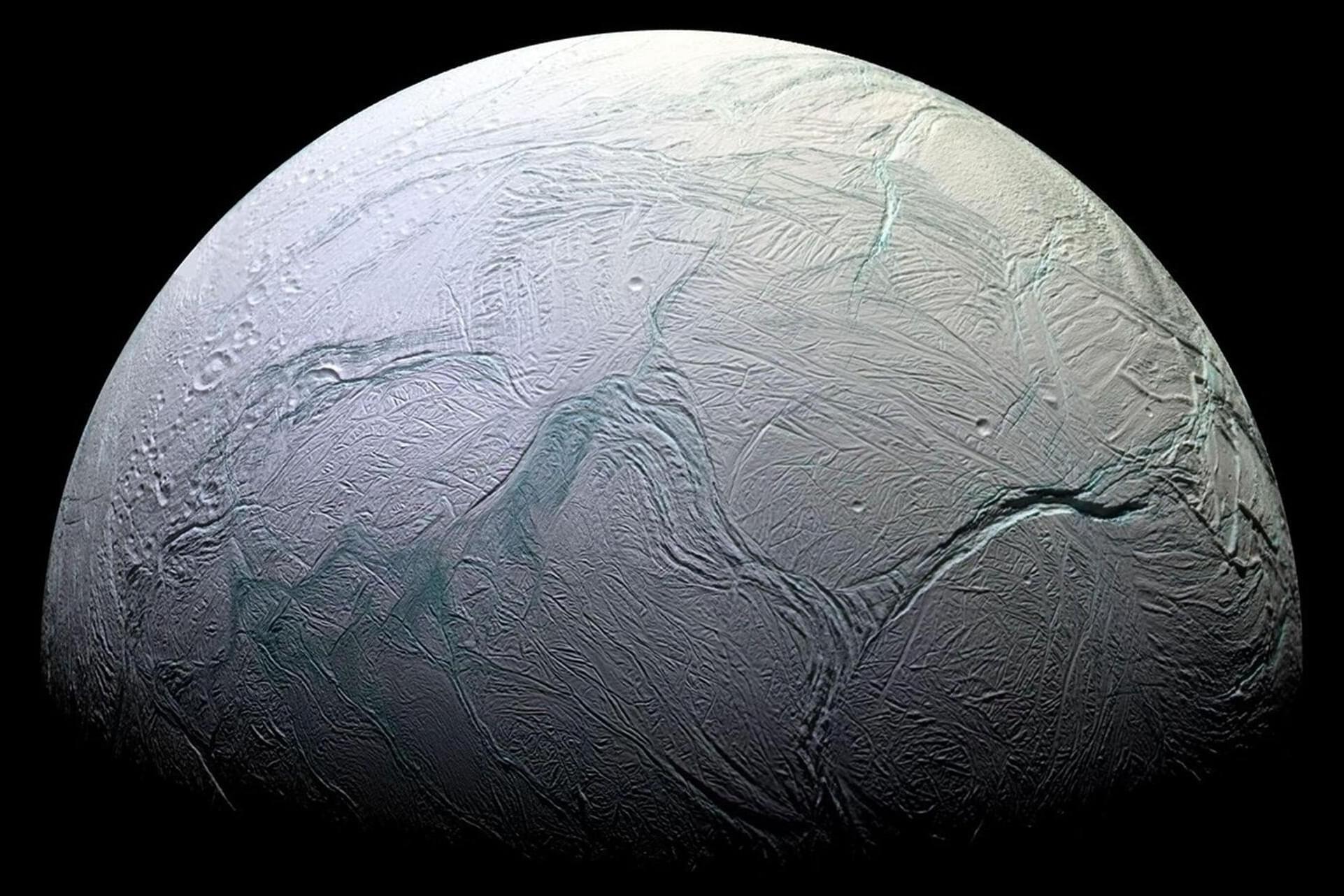
Searching for life on other celestial bodies, or at the very least the necessary components to support it, has been fascinating scientists and enthusiasts for centuries. While planets are the obvious choice, their moons can also harbor the chemical ingredients for life.
Saturn is orbited by 146 moons, with Enceladus being the sixth largest at approximately 500km in diameter. This small, icy moon is characterized by its highly reflective white surface and geyser-like jets releasing ice and water vapor hundreds of kilometers into space from its south pole.
NASA’s Cassini spacecraft identified these jets in 2005, before going on to sample them in 2008, 2009 and 2015. Consequently, scientists found that the hot mineral-rich waters possess the necessary components for life, despite the moon’s surface reaching extreme temperatures of −201°C.

Scientists have identified a promising new way to detect life on faraway planets, hinging on worlds that look nothing like Earth and gases rarely considered in the search for extraterrestrials.
In a new Astrophysical Journal Letters paper, researchers from the University of California, Riverside, describe these gases, which could be detected in the atmospheres of exoplanets—planets outside our solar system—with the James Webb Space Telescope, or JWST.
Called methyl halides, the gases comprise a methyl group, which bears a carbon and three hydrogen atoms, attached to a halogen atom such as chlorine or bromine. They’re primarily produced on Earth by bacteria, marine algae, fungi, and some plants.